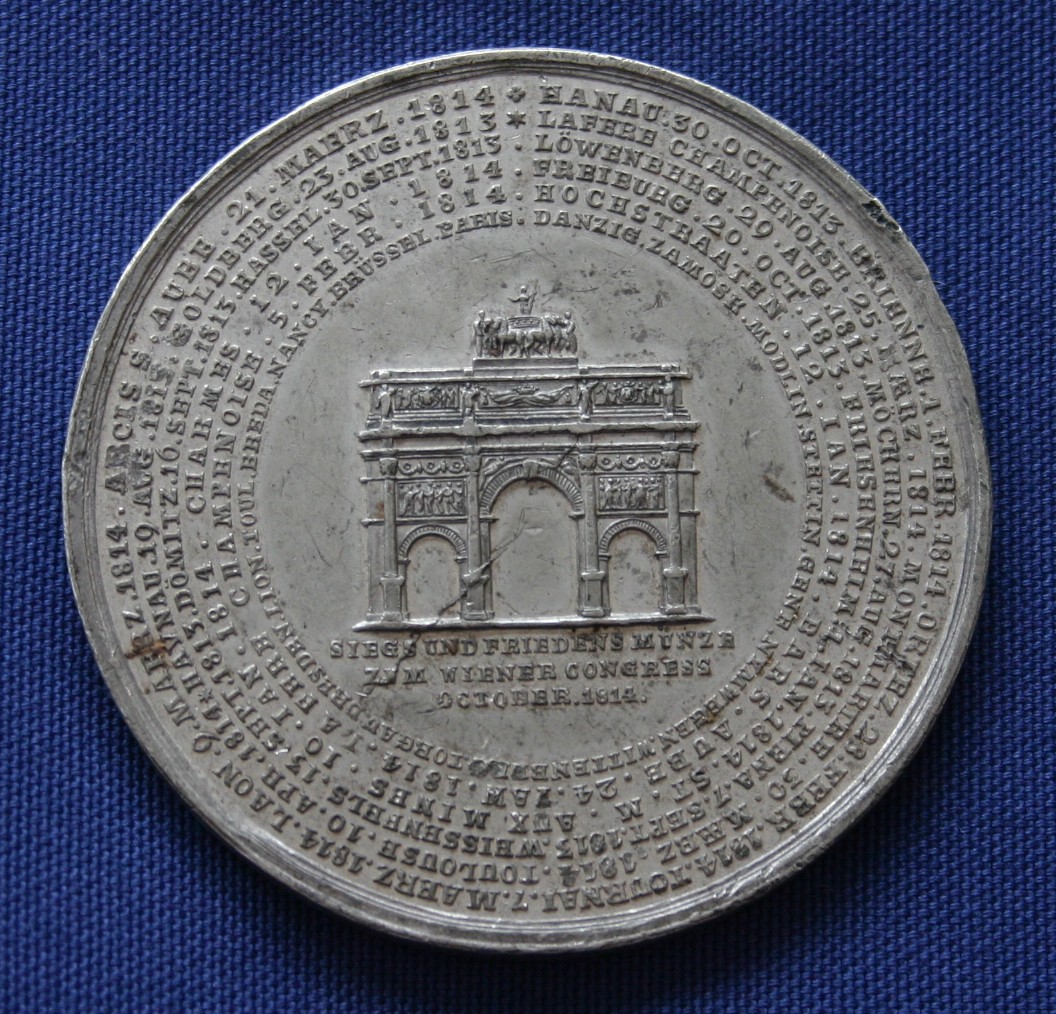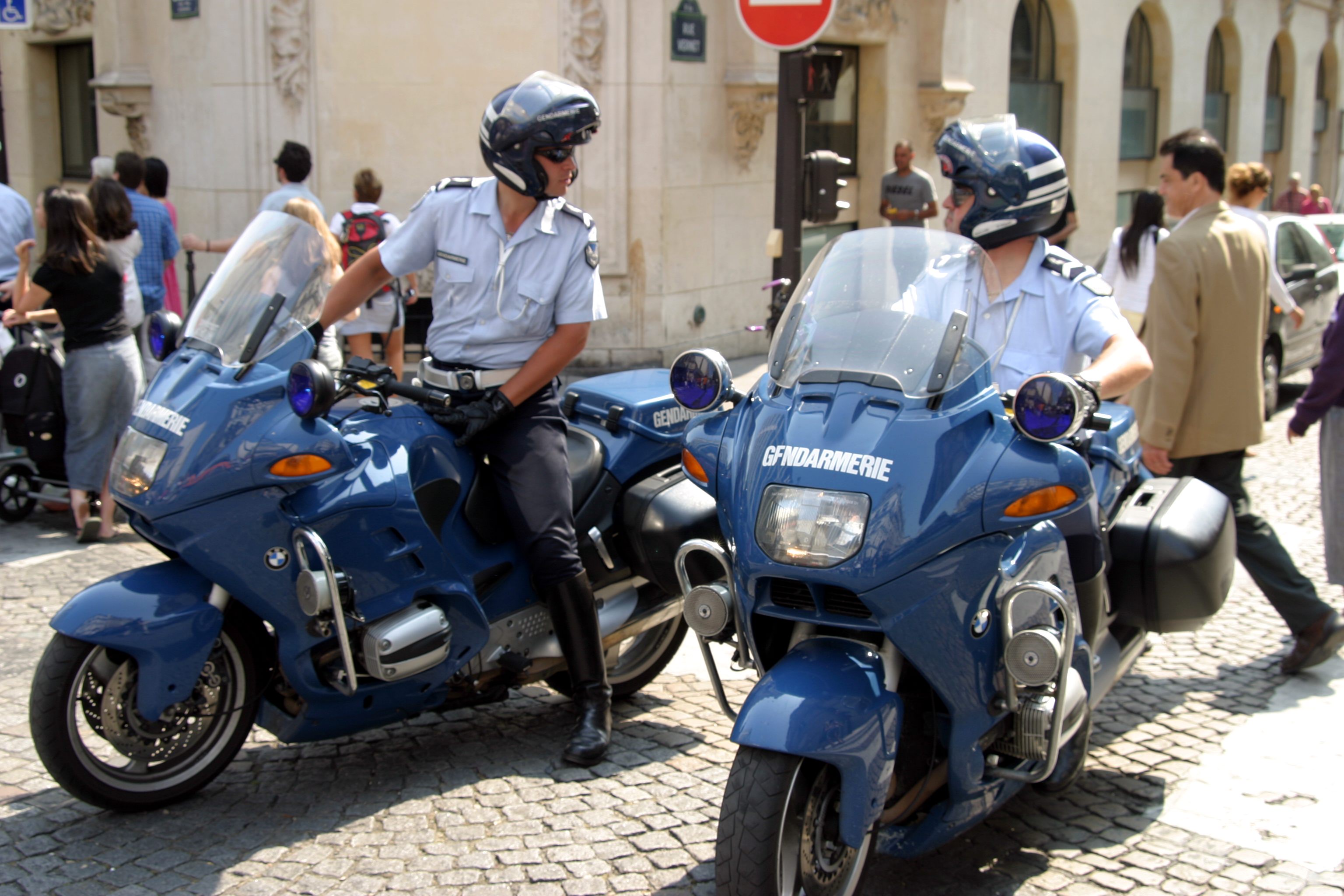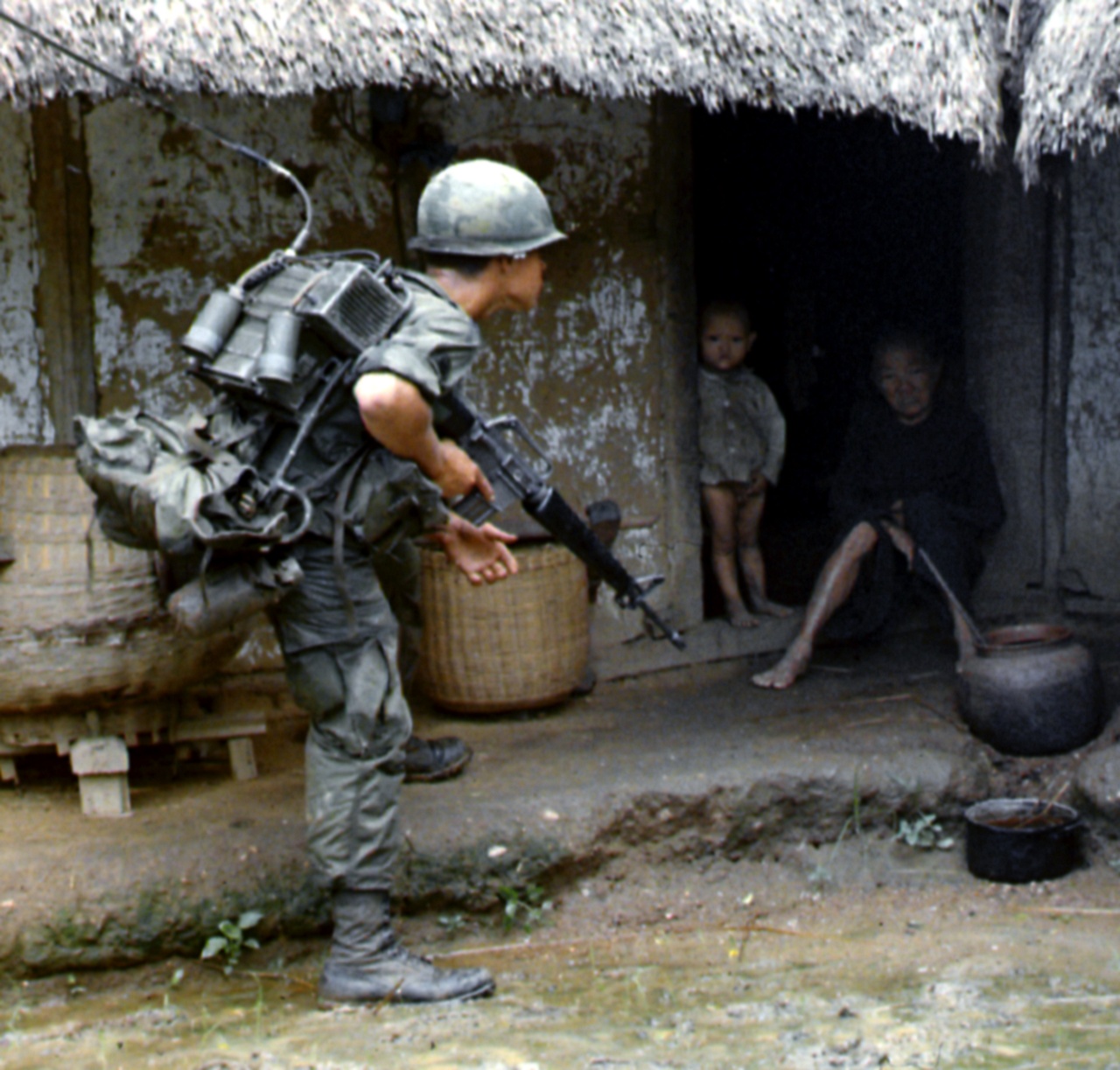|
Streifkorps
A Streifkorps or Freikorps was a small unit, often composed of different military units, that was used to fight behind enemy lines and disrupt enemy lines of communication and reinforcement through guerilla tactics. Although this type of warfare was already used in the 17th and 18th centuries, the Prussian Streifkorps used in the Liberation Wars are well known. The term Streifkorps, also Steifkorps or Streifenkorps or Štrafuni ( sr, Штрафуни) was later used to denote special counterinsurgency units in Austria-Hungarian controlled Bosnia and Herzegovina, composed of Muslims.: "Muslims were also drafted into special counterinsurgency units known as the Steifkorps." They were established to fight against guerrilla warfare by the Chetniks using search and destroy tactics. Among the population of the region where they were active, Streifkorps were hated and had a very bad reputation. Napoleonic Wars The ''Streifkorps'' were recruited from volunteer companies, attached to inf ... [...More Info...] [...Related Items...] OR: [Wikipedia] [Google] [Baidu] |
Austro-Hungarian Rule In Bosnia And Herzegovina
Bosnia and Herzegovina fell under Austro-Hungarian rule in 1878, when the Congress of Berlin approved the occupation of the Bosnia Vilayet, which officially remained part of the Ottoman Empire. Three decades later, in 1908, Austria-Hungary provoked the Bosnian Crisis by formally annexing the occupied zone, establishing the Condominium of Bosnia and Herzegovina under the joint control of Austria and Hungary. History Occupation Following the Russo-Turkish War (1877–1878), in June and July 1878 the Congress of Berlin was organized by the Great Powers. The resulting Treaty of Berlin caused Bosnia and Herzegovina to nominally remain under sovereignty of the Ottoman Empire, but was de facto ceded to Austria-Hungary, which also obtained the right to garrison the Sanjak of Novi Pazar. According to article 25: The provinces of Bosnia and Herzegovina shall be occupied and administered by Austria-Hungary. The government of Austria-Hungary, not desiring to undertake the administra ... [...More Info...] [...Related Items...] OR: [Wikipedia] [Google] [Baidu] |
German Campaign Of 1813
The German campaign (german: Befreiungskriege , lit=Wars of Liberation ) was fought in 1813. Members of the Sixth Coalition, including the German states of Austria and Prussia, plus Russia and Sweden, fought a series of battles in Germany against the French Emperor Napoleon, his marshals, and the armies of the Confederation of the Rhine - an alliance of most of the other German states - which ended the domination of the First French Empire. After the devastating defeat of Napoleon's ''Grande Armée'' in the Russian campaign of 1812, Johann Yorck – the general in command of the ''Grande Armée'''s German auxiliaries (') – declared a ceasefire with the Russians on 30 December 1812 via the Convention of Tauroggen. This was the decisive factor in the outbreak of the German campaign the following year. The spring campaign between France and the Sixth Coalition ended inconclusively with a summer truce ( Truce of Pläswitz). Via the Trachenberg Plan, developed during a per ... [...More Info...] [...Related Items...] OR: [Wikipedia] [Google] [Baidu] |
Black Brunswickers
The Brunswick Ducal Field-Corps (german: Herzoglich Braunschweigisches Feldcorps), commonly known as the Black Brunswickers in English and the ''Schwarze Schar'' (Black Troop, Black Horde, or Black Host) or ''Schwarze Legion'' (Black Legion) in German, were a military unit in the Napoleonic Wars. The corps was raised from volunteers by German-born Frederick William, Duke of Brunswick-Wolfenbüttel (1771–1815). The Duke was a harsh opponent of Napoleon Bonaparte's occupation of his native Germany. Formed in 1809 when war broke out between the First French Empire and the Austrian Empire, the corps initially comprised a mixed force, around 2,300 strong, of infantry, cavalry and later supporting artillery. Most units of the corps wore black uniforms, leading to the "black" nicknames of the unit, though some light units (such as sharpshooters and uhlans) wore green uniforms. The Brunswickers wore silvered skull "totenkopf" badges on their hats. Their title originated from Duke Fred ... [...More Info...] [...Related Items...] OR: [Wikipedia] [Google] [Baidu] |
Backpack
A backpack—also called knapsack, schoolbag, rucksack, rucksac, pack, sackpack, booksack, bookbag or backsack—is, in its simplest frameless form, a fabric sack carried on one's back and secured with two straps that go over the shoulders, but it can have an external frame, internal frame, and there are bodypacks. Backpacks are commonly used by hikers and students, and are often preferred to handbags for carrying heavy loads or carrying any sort of equipment, because of the limited capacity to carry heavy weights for long periods of time in the hands. Large backpacks, used to carry loads over , as well as smaller sports backpacks (e.g. running, cycling, hiking and hydration), usually offload the largest part (up to about 90%) of their weight onto padded hip belts, leaving the shoulder straps mainly for stabilising the load. This improves the potential to carry heavy loads, as the hips are stronger than the shoulders, and also increases agility and balance, since the load ... [...More Info...] [...Related Items...] OR: [Wikipedia] [Google] [Baidu] |
Gendarmerie
Wrong info! --> A gendarmerie () is a military force with law enforcement duties among the civilian population. The term ''gendarme'' () is derived from the medieval French expression ', which translates to " men-at-arms" (literally, "armed people"). In France and some Francophone nations, the gendarmerie is a branch of the armed forces that is responsible for internal security in parts of the territory (primarily in rural areas and small towns in the case of France), with additional duties as military police for the armed forces. It was introduced to several other Western European countries during the Napoleonic conquests. In the mid-twentieth century, a number of former French mandates and colonial possessions (such as Lebanon, Syria, the Ivory Coast and the Republic of the Congo) adopted a gendarmerie after independence. A similar concept exists in Eastern Europe in the form of Internal Troops, which are present in many countries of the former Soviet Union and ... [...More Info...] [...Related Items...] OR: [Wikipedia] [Google] [Baidu] |
Surveillance
Surveillance is the monitoring of behavior, many activities, or information for the purpose of information gathering, influencing, managing or directing. This can include observation from a distance by means of electronic equipment, such as closed-circuit television (CCTV), or interception of electronically transmitted information like Internet traffic. It can also include simple technical methods, such as Human intelligence (intelligence gathering), human intelligence gathering and postal interception. Surveillance is used by citizens for protecting their neighborhoods. And by governments for intelligence gathering - including espionage, prevention of crime, the protection of a process, person, group or object, or the investigation of crime. It is also used by criminal organizations to plan and commit crimes, and by businesses to Industrial espionage, gather intelligence on criminals, their competitors, suppliers or customers. Religious organisations charged with detecting he ... [...More Info...] [...Related Items...] OR: [Wikipedia] [Google] [Baidu] |
Mostar
Mostar (, ; sr-Cyrl, Мостар, ) is a city and the administrative center of Herzegovina-Neretva Canton of the Federation of Bosnia and Herzegovina, an entity of Bosnia and Herzegovina, and the historical capital of Herzegovina. Mostar is situated on the Neretva River and is the fifth-largest city in the country. Mostar was named after the bridge keepers (''mostari'') who in the medieval times guarded the Stari Most (Old Bridge) over the Neretva. The Old Bridge, a UNESCO World Heritage Site, built by the Ottoman Bosnia and Herzegovina, Ottomans in the 16th century, is one of Bosnia and Herzegovina's most visited landmarks, and is considered an exemplary piece of Islamic architecture in the Balkans. History Ancient and medieval history Human settlements on the river Neretva, between Mount Hum (Mostar), Mount Hum and the Velež Mountain, have existed since prehistory, as witnessed by discoveries of fortified enceintes and cemeteries. Evidence of Roman people, Roman occupation wa ... [...More Info...] [...Related Items...] OR: [Wikipedia] [Google] [Baidu] |
Sandžak
Sandžak (; sh, / , ; sq, Sanxhaku; ota, سنجاق, Sancak), also known as Sanjak, is a historical geo-political region in Serbia and Montenegro. The name Sandžak derives from the Sanjak of Novi Pazar, a former Ottoman administrative district founded in 1865. Serbs usually refer to the region by its medieval name of Raška. Between 1878 and 1909 the region was placed under Austro-Hungarian occupation, following which it was ceded back to the Ottoman Empire. In 1912 the region was divided between the kingdoms of Montenegro and Serbia. The most populous city in the region is Novi Pazar in Serbia. Etymology ''Sandžak'' is the transcription of Turkish ''sancak'' (sanjak, "province"); the Sanjak of Novi Pazar, known in Serbo-Croatian as ''Novopazarski sandžak''. In Serbian, the region is known by its pre-Ottoman name, Raška. Geography Sandžak stretches from the southeastern border of Bosnia and Herzegovina to the borders with Kosovo and Albania at an area of around ... [...More Info...] [...Related Items...] OR: [Wikipedia] [Google] [Baidu] |
Search And Destroy
Search and destroy, seek and destroy, or simply S&D is a military strategy best known for its employment in the Malayan Emergency and the Vietnam War. The strategy consists of inserting ground forces into hostile territory, ''search''ing out the enemy, ''destroy''ing them, and withdrawing immediately afterward. The strategy was developed to take advantage of the capabilities offered by a new technology, the helicopter, which resulted in a new form of warfare, the fielding of air cavalry, and was thought to be ideally suited to counter-guerrilla jungle warfare. The complementary conventional strategy, which entailed attacking and conquering an enemy position, then fortifying and holding it indefinitely, was known as " clear and hold" or "clear and secure". In theory, since the traditional methods of "taking ground" could not be used in this war (as all disputed territory was technically already under the control of allied forces), a war of attrition would be used, with the ... [...More Info...] [...Related Items...] OR: [Wikipedia] [Google] [Baidu] |
Flag Of Germany
The national flag of Germany is a tricolour (flag), tricolour consisting of three equal horizontal bands displaying the national colours of Germany: Sable (heraldry), black, Gules, red, and Or (heraldry), gold (german: :de:Schwarz-Rot-Gold, Schwarz-Rot-Gold). The flag was first sighted in 1848 in the German Confederation. It was officially adopted as the national flag of the Weimar Republic from 1919 to 1933, and has been in use since its reintroduction in West Germany in 1949. Since the mid-19th century, Germany has two competing traditions of national colours, black-red-gold and black-white-red. Black-red-gold were the colours of the German revolutions of 1848–1849, 1848 Revolutions, the Weimar Republic of 1919–1933 and the Federal Republic (since 1949). They were also Flag of East Germany, adopted by the German Democratic Republic (1949–1990). The colours black-white-red appeared for the first time in 1867, in the constitution of the North German Confederation. This n ... [...More Info...] [...Related Items...] OR: [Wikipedia] [Google] [Baidu] |
War Of The Sixth Coalition
In the War of the Sixth Coalition (March 1813 – May 1814), sometimes known in Germany as the Wars of Liberation, a coalition of Austria, Prussia, Russia, Spain, the United Kingdom, Portugal, Sweden, and a number of German States defeated France and drove Napoleon into exile on Elba. After the disastrous French invasion of Russia of 1812 in which they had been forced to support France, Prussia and Austria joined Russia, the United Kingdom, Sweden, and Portugal, and the rebels in Spain who were already at war with France. The War of the Sixth Coalition saw major battles at Lützen, Bautzen, and Dresden. The even larger Battle of Leipzig (also known as the Battle of Nations) was the largest battle in European history before World War I. Ultimately, Napoleon's earlier setbacks in Spain, Portugal and Russia proved to be the seeds of his undoing. With their armies reorganized, the allies drove Napoleon out of Germany in 1813 and invaded France in 1814. The Allies defeated ... [...More Info...] [...Related Items...] OR: [Wikipedia] [Google] [Baidu] |







